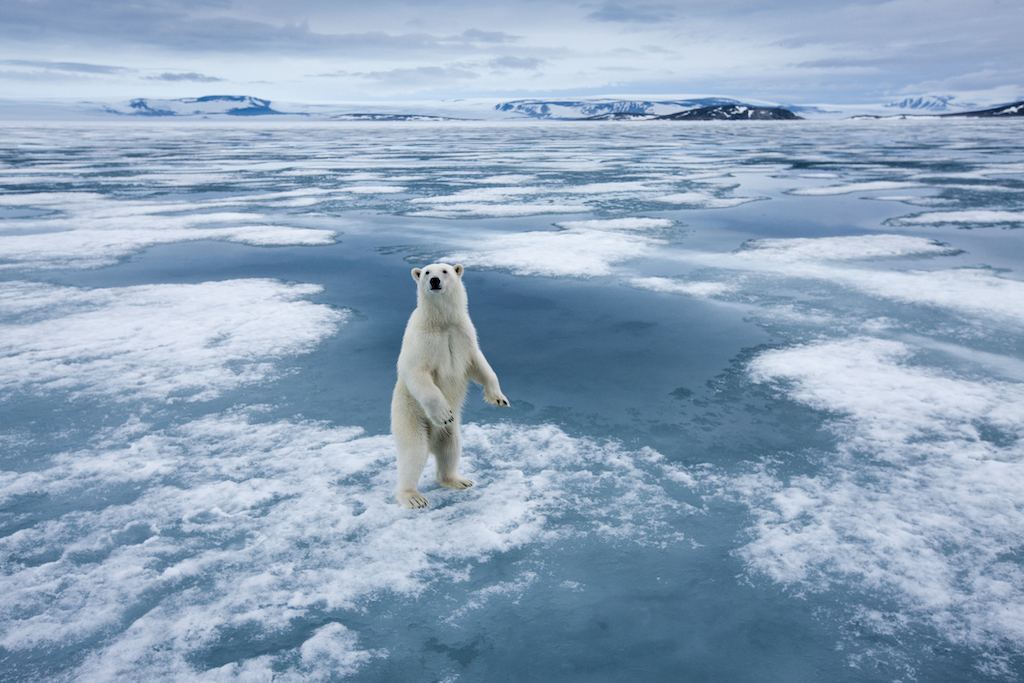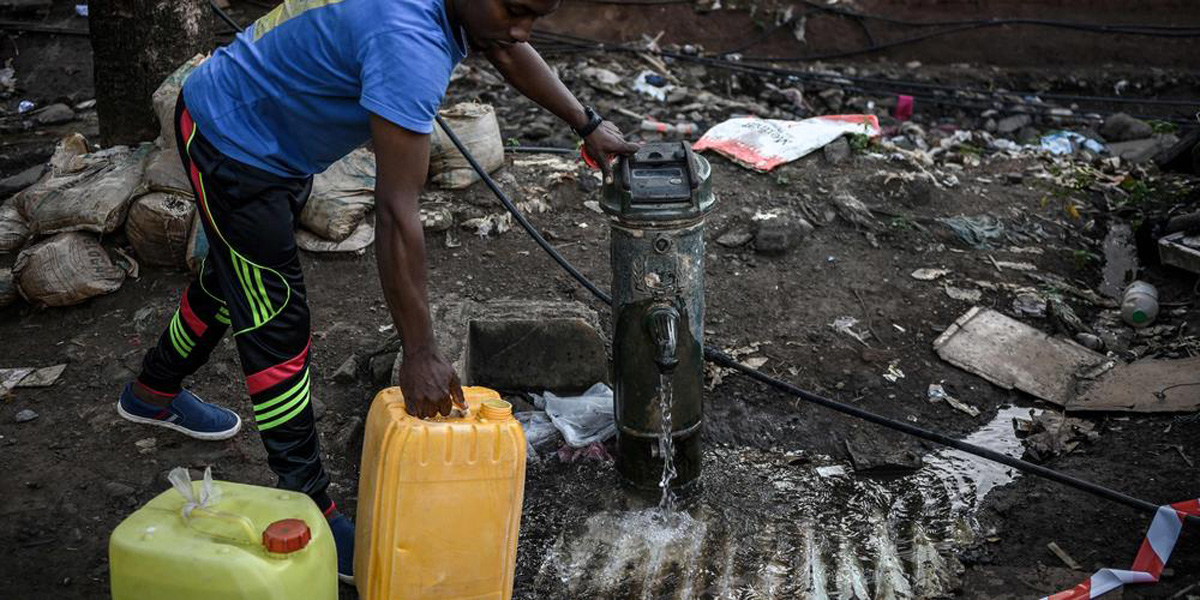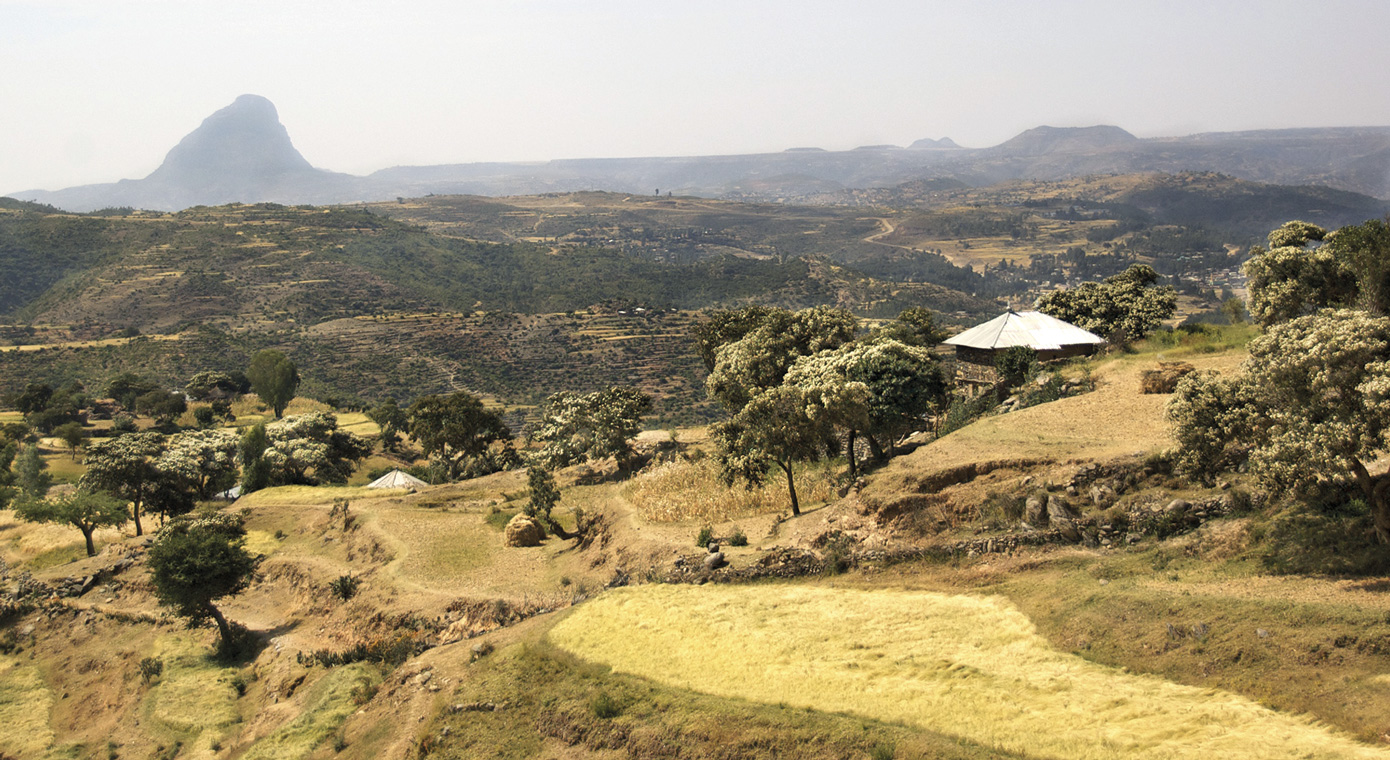Climate records have also been crushed in 2023
The World Meteorological Organization (WMO) report of 2023 once again shows the record for greenhouse gas emissions, surface temperature, warming and acidification of the oceans, rising sea levels, Antarctica's marine ice sheet and retreat of glaciers.

According to the Report (State of Climate Change and Social Indicators: Report 2023 and its Conclusions), increases in heat waves, droughts, forest fires and the rapid strengthening of tropical cyclones caused disaster and chaos. They changed the daily lives of millions of people and caused economic losses of billions of dollars.
The report has focused on eight areas to highlight the global climate situation:
Continuous increase in greenhouse gases
By 2023, concentrations of the three major greenhouse gases (carbon dioxide, methane and nitrous oxide) reached unprecedented levels.
CO2 levels are 50% higher than in the pre-industrial era, causing heat retention in the atmosphere. Due to the long life span of CO2, temperatures will continue to rise for many years.
Global average temperature has increased 1.45ºC
The world average temperature near the surface in 2023 was 1.45°C above the pre-industrial average (1850-1900). The year 2023 was the warmest observation record of 174, breaking the record reached in the hottest years before: an increase of 1.29°C in 2016 above the average of 1850-1900 and 1.27°C in 2020. The average world temperature for the years 2014 to 2023 is 1.20 °C above the average of 1850-1900.
Globally, each month from June to December was the warmest recorded for the corresponding month. Particularly noteworthy is September 2023, which far exceeded the world record in September, from 0.46 to 0.54 ºC. The long-term increase in global temperature is due to increased concentrations of greenhouse gases in the atmosphere. The transition from La Niña to El Niño conditions favored the rapid increase in temperature in mid-2023. Global average sea surface temperatures reached historical peaks from April, exceeding July, August and September maximum values mainly with a wide margin.
Increased ocean heat causes irreversible change
Ocean heat peaked in 2023. Heating rates have increased significantly over the last two decades.
The continuity of warming is expected, which is an irreversible change at hundreds to thousands of years. The increased frequency and intensity of ocean heat waves have profound negative effects on marine ecosystems and coral reefs.
Significant sea level rise
In 2023, the global average sea level reached a record high in satellite records (since 1993), reflecting continued ocean warming (thermal expansion) and melting glaciers and ice sheets.
Over the past ten years (2014-2023), the rate of rise in the global average sea level (1993–2002) is more than twice the rate of rise in sea level for the first decade.
Melting ice
The expansion of sea ice in Antarctica reached in February 2023 an absolute historical minimum of the satellite era (since 1979), keeping for this time a historical minimum from June to early November. The annual peak was 16.96 million square kilometres, approximately 1.5 million less than the 1991-2020 average.
The extent of the Arctic sea ice was much lower than normal and the maximum and minimum annual values were respectively the lowest of the fifth and sixth after the existence of records.
50 degrees
Extreme weather and climate phenomena had serious socio-economic consequences on all inhabited continents. These include severe flooding, tropical cyclones, extreme heat and drought, and associated forest fires.
The flooding associated with extreme rainfall due to the Mediterranean cyclone Daniel affected Greece, Bulgaria, Turkey and Libya. Hurricane Otis increased to a maximum of 5 hours, being one of the fastest intensity rates in the satellite era. The extreme heat affected many parts of the world. Some of the most important events took place in southern Europe and northern Africa, especially in the second half of July. Italy reached 48.2°C and historical peaks were recorded in Tunisia (49.0°C), Agadir (50.4°C) and Algiers (49.2°C). The season of forest fires in Canada was the worst since the existence of records. The Horn of Africa region, which was already experiencing a long drought, had high temperatures in 2023, especially at the end of the year.
Lack of food
Weather and climate risks exacerbated difficulties related to food security, population displacement and effects on vulnerable populations. In addition, they continued to influence new movements, long and secondary, and increased the vulnerability of many people already uprooted as a result of complex situations of conflict and violence caused by various factors.
According to the report, the number of people suffering from severe food insecurity worldwide has doubled, from 149 million people before the COVID-19 pandemic to 333 million by 2023. Global hunger levels did not change from 2021 to 2022. However, they remain well above pre-COVID-19 levels: by 2022, 9.2% of the world's population (735.1 million people) lacked sufficient food. The long conflicts, economic recessions and high food prices are responsible for the great insecurities of food in the world. The consequences of extreme weather and extreme weather make this worse.
Need to multiply funding investments by six
In 2021-2022, global climate-related funding flows totalled around $1.3 trillion, almost twice the 2019-2020 levels. However, the climate finance flows that require monitoring account for only 1% of global GDP.
There is a significant funding gap. On average, annual investments in climate finance should increase by more than six. By 2030 it should reach nearly $9 trillion and another $10 trillion by 2050.
The cost of the stop is even higher. For the period 2025-2100 the total cost of inaction is estimated at $1,266 billion. However, this figure may be a very low estimate.
Funding for adjustment remains insufficient. Although it reached a historically high of $66,000 million in 2021 and 2022, the global funding deficit for adaptation is growing and is well below the estimated annual $212,000 million that will only be needed in developing countries by 2030.
Chronicler Theophanes Declarante stated that winter 763-764 was one of the coldest in history. Snow and ice occupied the Byzantine capital and also saw an iceberg in Bosforón.
Climate cooling has been considered to be due, among other factors, to the lack of volcanic activity... [+]
In an increasingly narrow interval between election campaigns, it should be remembered that we have entered the decisive years of the twenty-first century. To give just one example, scientists are terrified by the continual overcoming of ocean temperature records and no longer... [+]












